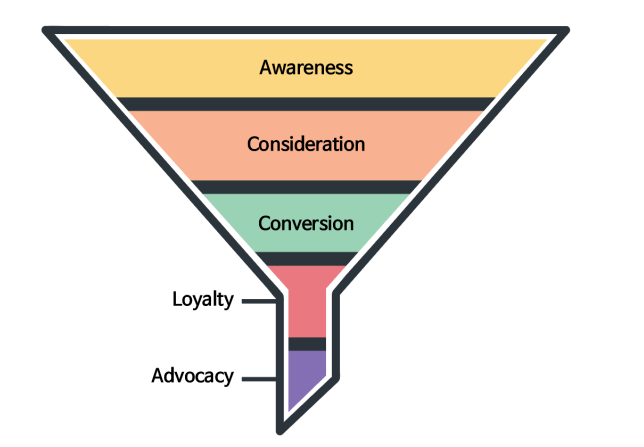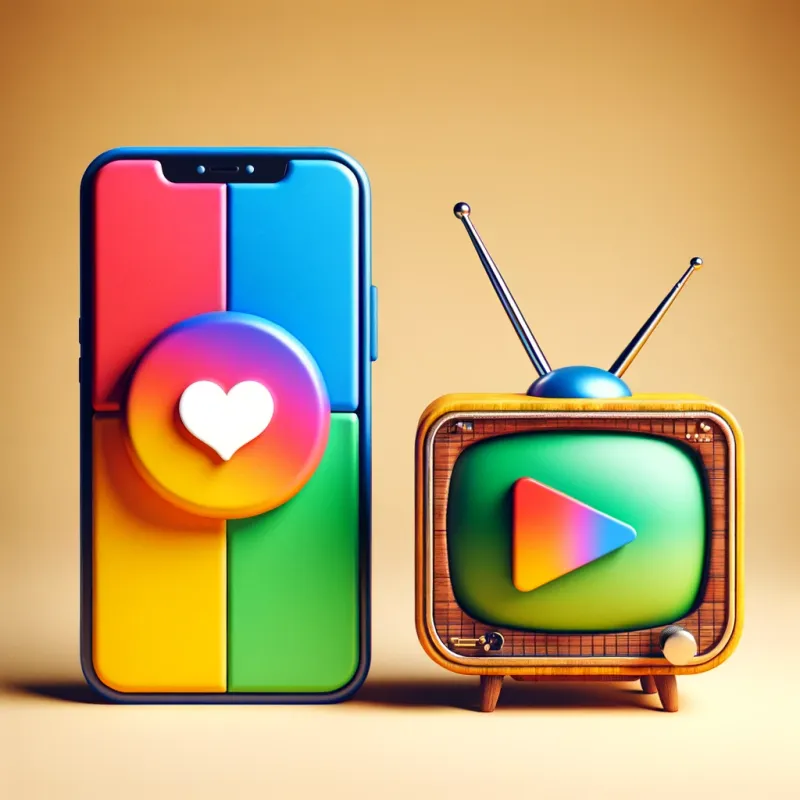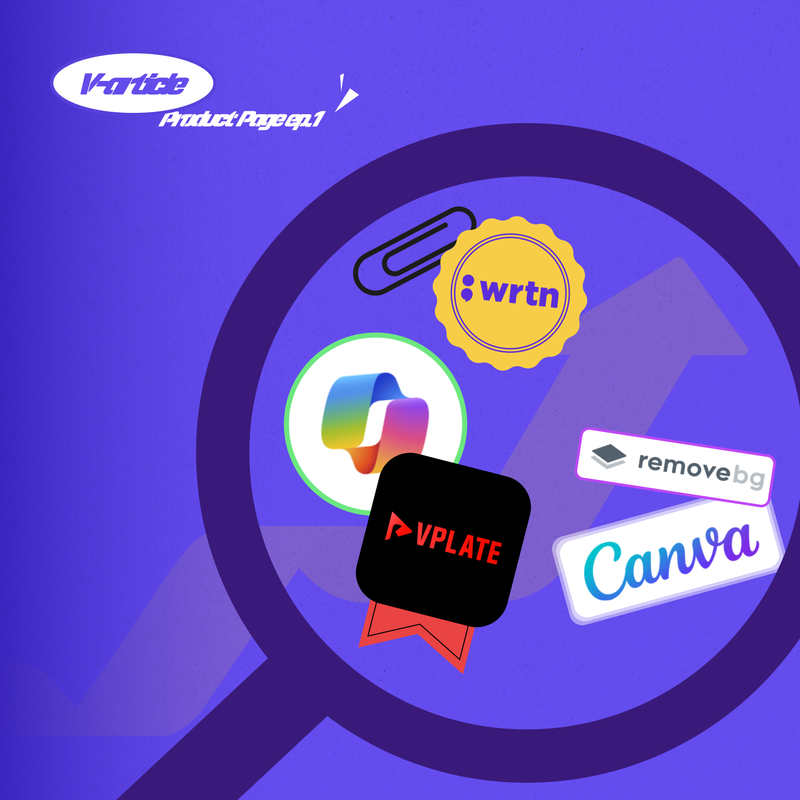The essence of Social Media Advertising lies in its distinct approach, which should clearly differ from traditional advertising concepts. The focus is on selecting a single keyword or sentence we wish to emphasize in a campaign, creating content that simply and effectively conveys this message, and finally, defining the current relationship between our brand and our target customers.
Modern individuals spend an average of 5 hours a day on their smartphones, over 65% of which is dedicated to Social Media activities. This indicates the emergence of new advertising mediums and consumption patterns, distinct from traditional TV advertising. Short, concise video content rapidly captures user attention and efficiently communicates brand messages. However, many advertisers and marketers still try to apply the old TV advertising methods to Social Media. This approach overlooks the changes of the times and the new behaviors of consumers.
(Youtube Channel "Funny Commercials")
But why do we still consider TV Commercial-like videos as the standard for advertising? Above TV ads, utilizing elements like 'Parady' and 'pets', and gradually drawing the viewer's attention revealing the key message in the latter of the video. However, this was possible because the medium was TV. TV ads have a format suitable for the TV medium, and Social Media ads must be tailored to fit the new medium of Social Media. Today, I'll introduce three essential things you must know for successful Social Media advertising.
Social Media: Self-Determined Consumption and Departure
If you are a marketer or run a small to medium-sized business, there's something crucial you must remember.
The smartphone is not a mini-TV. Even if people read e-books or watch YouTube videos on the subway, the smartphone does not serve as a TV. It's important to understand that smartphones represent a new environment with fast speed and various options, and thus should be accepted as a completely new medium for delivering content.
According to a Facebook study, the use of Facebook increased during the commercial breaks of popular TV shows in the United States. This indicates that the power of content consumption decisively lies with the consumer. Furthermore, while the average viewing time for automatically played video content on Facebook's newsfeed is 16.7 seconds, it's only 5.7 seconds for video ads.
Considering extreme cases, apart from a few who watch to the end, people tend not to prefer lengthy storytelling content on social media. Therefore, SNS ads should deliver the core message within, at least, the first 6 seconds and prompt the next action from the consumer.
Thus, if you treat video content like a work with a grand narrative and prepare advertising accordingly, you might end up investing a lot of money and time without achieving proportional performance. Let's take a look at what kind of content has been effective on social media.
Convey the Core Message Simply within the First 5-6 Seconds!

People consuming mobile content tend to decide within the first 5 seconds whether the content is relevant to them and if it's interesting enough. Therefore, marketers setting up Social Media ads should capture the consumer's attention within 5 seconds after the content is exposed, and induce interest in the advertised product or service.
This is why 'Facebook Multi-image post', which many marketers used as the most efficient content in the past, threw a keyword in the first image that would make the target customers stop. The focus in Multi-image post was not on consumers richly enjoying the content itself, but on receiving attention among various contents spilled on Social Media and inducing customers into the process intended by the planner.
Therefore, when we plan content, it is most efficient to create content that can communicate with customers in 3-4 sentences based on essential keywords. And as you become familiar with the inverted pyramid style of expressing important words first and placing an explanation for the first sentence next, you can effectively produce content.
Setting Marketing Campaigns Understanding the Funnel Strategy

One of the theories actively used in practice is the marketing funnel strategy. According to this strategy, if every advertising campaign a brand runs is aimed solely at conversion to purchase, it can fail in effective advertising operation.
For a simple example, let's assume you suddenly think of having a coffee to wake up on the subway to work. First, we will typically think of the route to work: 'What cafes are there on the way to Midtown from Liberty Station?' It might continue to 'Oh, there's a small personal cafe right after getting off, and if I walk a bit further, there's a Starbucks across the street. If I go a bit past my office, there's also a Blue Bottle Coffee.' Among these, we may ponder and eventually end up entering Starbucks. This process involves the entire marketing funnel.
When thinking of cafes on the way to work, both awareness and consideration processes are applied. No matter how delicious and affordable the coffee is, if I'm not aware of it, it cannot be included in my choices. And even if I am aware, I may not recall it during this process. There could be three more cafes on the way to the office. The time spent pondering while walking to the office corresponds to consideration. Finally, entering Starbucks can be considered a conversion (purchase).
Thus, different strategies according to the relationship and situation between consumers and our brand can yield effective results in each campaign. If we skip this process and implement a strategy to convert to purchase, continuous exposure to purchase inducement for a brand without sufficient trust can potentially create aversion.
Video marketing has established itself as a core advertising strategy in the Social Media era. To successfully implement this strategy, effective tools are essential. If you want to automate the entire process of creating video content and distributing it on Social Media, try VPLATE now. Introduce amazing video marketing that AI does for you.
[Editor's Note: This article was originally published in August 2020 and has been recently updated and republished.]






